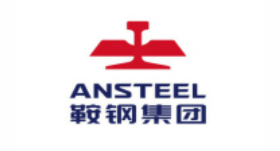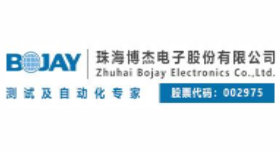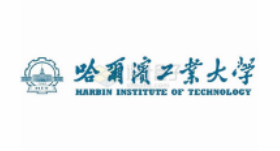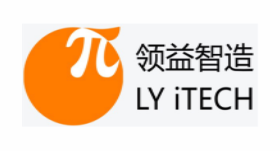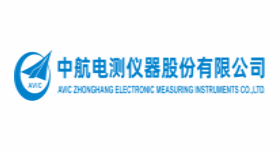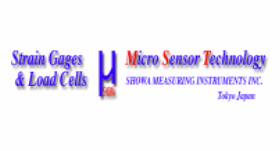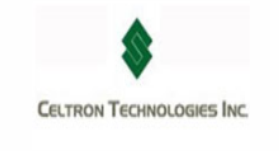The piezoelectric effect sensor is a kind of self-electric and electromechanical conversion sensor. Its sensitive element is made of piezoelectric material. The surface of a piezoelectric material is charged when it is stressed. The charge is amplified and the impedance transformed by the charge amplifier and the measuring circuit to become the electrical output proportional to the external force. Piezoelectric sensors are used to measure forces and transform non-electrical physical quantities. It has the advantages of wide frequency band, high sensitivity, high signal-to-noise ratio, simple structure, reliable operation and light weight. The disadvantage is that some piezoelectric materials require moisture-proof measures, and the output has poor DC response, which requires the use of high input impedance circuits or charge amplifiers to overcome this defect.
sensor
Piezoelectric force transducer is a transducer that realizes force-electric conversion directly by piezoelectric elements. In the case of tension and pressure, double or multiple quartz crystals are usually used as piezoelectric elements. It has large stiffness, wide measuring range, high linearity and stability, and good dynamic characteristics. Quasi-static forces can be measured when a charge amplifier with a large time constant is used. According to the force measurement state, there are one-way, two-way and three-way sensors, which are basically the same in structure.
Sensors are used to measure the dynamic cutting force of machine tools. Insulation sleeves are used for insulation and positioning. The vertical degree of the inner and outer bottom of the base facing its center line, the parallelism of the upper and lower bottom surfaces of the top cover and the chip and the electrode have extremely strict requirements, otherwise it will increase the transverse sensitivity or cause the film to break prematurely due to stress concentration. In order to improve the insulation impedance, the sensor is cleaned several times before assembly (including ultrasonic cleaning), and then assembled in a super-clean working environment, and then sealed with electron beam welding.
There are many structural types of piezoelectric pressure sensors, but their basic principle and structure are still similar to that of piezoelectric acceleration and force sensors. The outstanding difference is that it must be collected through elastic membranes, boxes, etc., to convert the pressure into force, and then transferred to the piezoelectric element. In order to ensure the static characteristics and stability, quartz crystal is usually used as a piezoelectric element.
A piezoelectric element is generally composed of two piezoelectric sheets. A silver layer is plated on two surfaces of the piezoelectric plate, and the output lead is welded on the silver layer, or a piece of metal is inserted between the two piezoelectric plates, and the lead is welded on the metal sheet, and the other lead at the output end is directly connected to the sensor base. A mass block with a larger weight is placed on the piezoelectric plate, and then a hard spring or bolt or nut is used to preload the mass block. The whole component is installed in a metal shell of a thick base. In order to isolate any strain of the specimen from the piezoelectric element and avoid false signal output, it is generally necessary to thicken the base or choose a material with greater stiffness to manufacture.
When measuring, the sensor base is rigidly fixed with the specimen. When the sensor feels the vibration, because the stiffness of the spring is quite large, and the mass of the mass block is relatively small, it can be considered that the inertia of the mass block is very small, so the mass block feels the same vibration as the sensor base, and is subjected to the inertial force in the opposite direction of acceleration. In this way, the mass block has an alternating force proportional to the acceleration acting on the piezoelectric plate. Because the piezoelectric plate has the piezoelectric effect, alternating charge (voltage) is generated on its two surfaces, and when the vibration frequency is much lower than the natural frequency of the sensor, the output charge (voltage) of the sensor is proportional to the force, that is, the acceleration of the specimen. The output power is drawn from the output end of the sensor, and the acceleration of the test piece can be measured by an ordinary measuring device after input to the preamplifier. If the appropriate integrated circuit is added to the amplifier, the vibration acceleration or displacement of the test piece can be measured.



